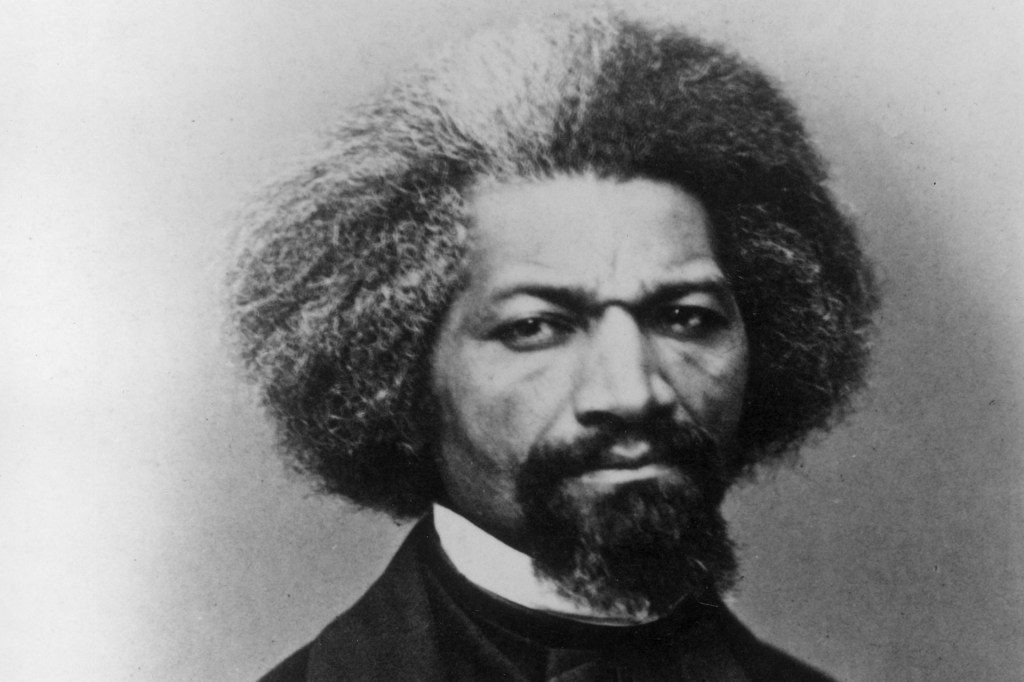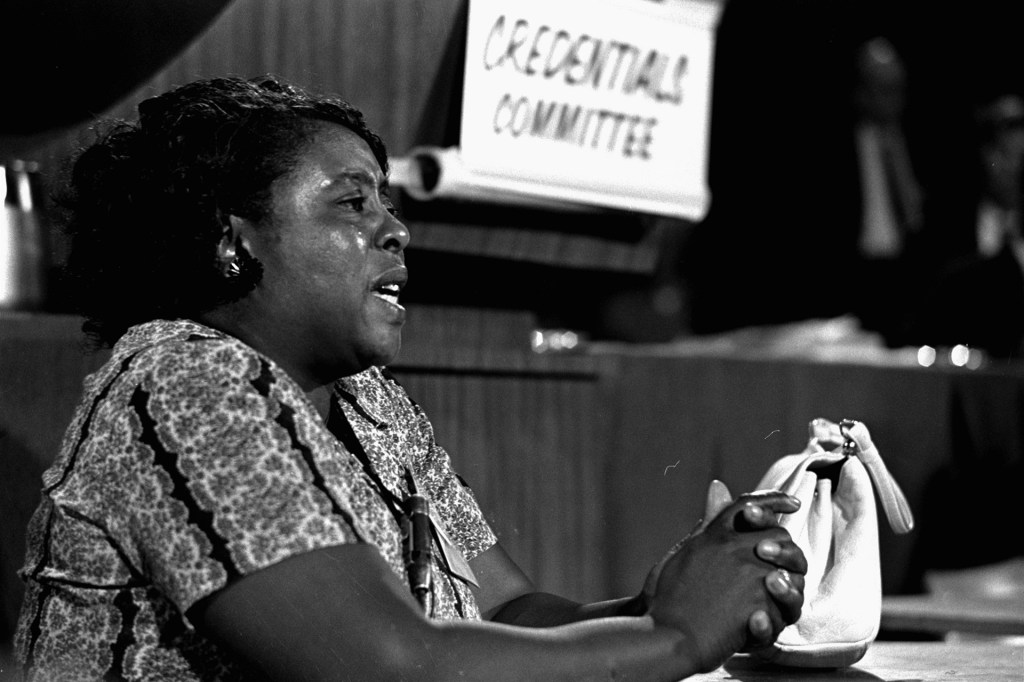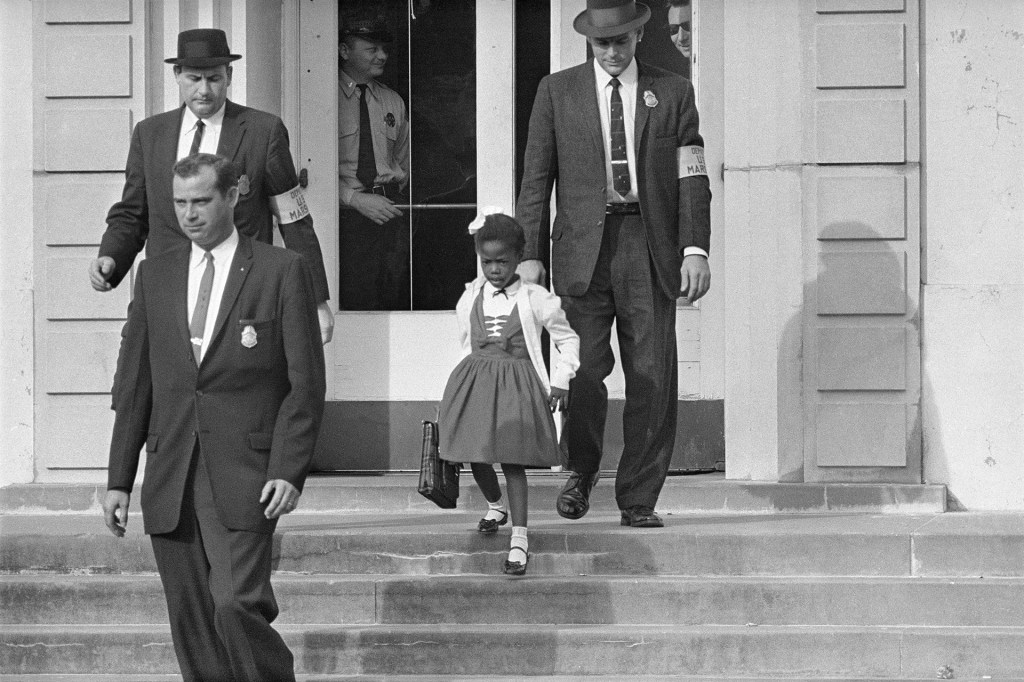What Are Storms?
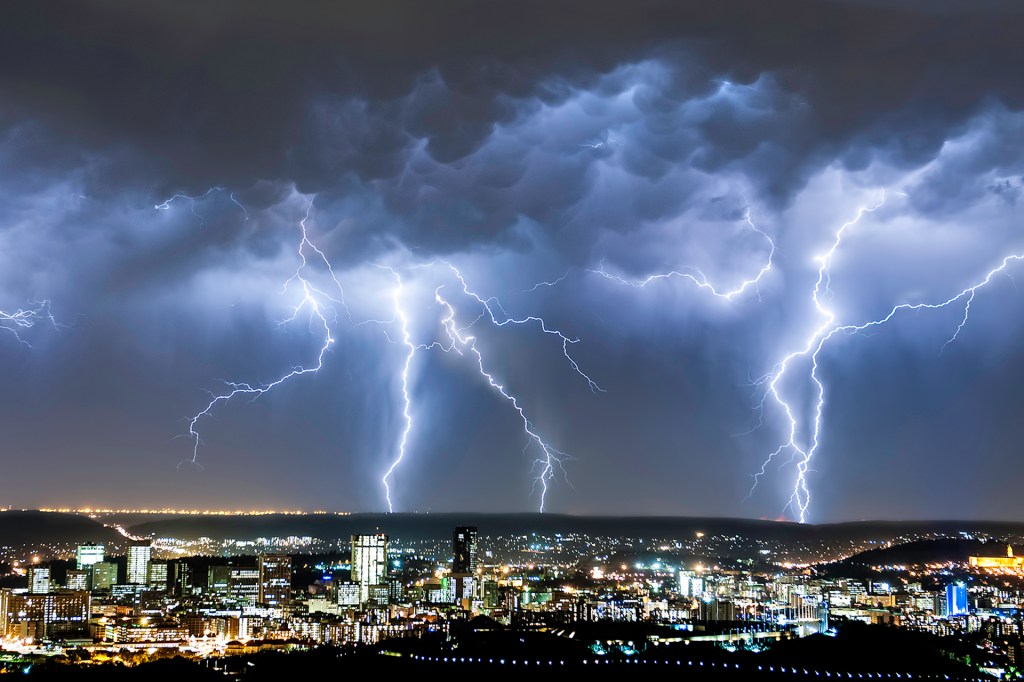
A storm is a powerful disturbance of the atmosphere
atmosphere
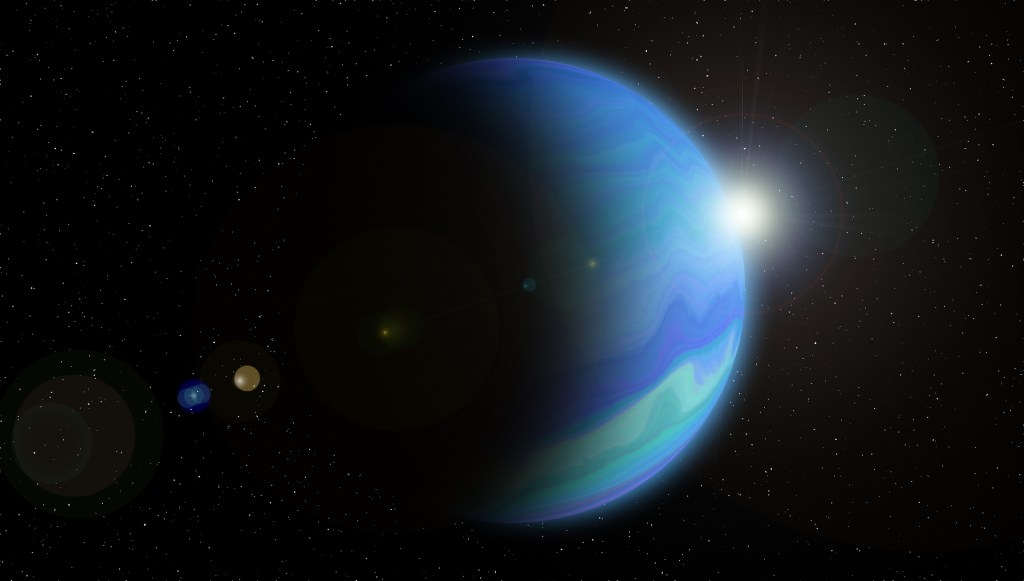 SUMAN BHAUMIK
the layer of gases that surround Earth or another planet
(noun)
The atmosphere of Neptune consists mostly of hydrogen and helium.
. Thunderstorms, tornadoes, and hurricanes are types of storms. Storms are a common event here on Earth. They occur on other planets, too.
SUMAN BHAUMIK
the layer of gases that surround Earth or another planet
(noun)
The atmosphere of Neptune consists mostly of hydrogen and helium.
. Thunderstorms, tornadoes, and hurricanes are types of storms. Storms are a common event here on Earth. They occur on other planets, too.
There are about 16 million thunderstorms worldwide each year. That is according to the National Severe Storms Laboratory (NSSL). At any moment, about 2,000 thunderstorms are taking place.
A thunderstorm is caused by an updraft. As water vapor rises, it cools. Then it condenses
condenses
 JGI/JAMIE GRILL—GETTY IMAGES
to change from a gas to a liquid
(verb)
After watching the horror movie, I was too agitated to sleep.
to form clouds. Cumulus clouds are typically associated with blue skies and fair weather. But as updrafts continue sending vapor into the skies, cumulus clouds become cumulonimbus clouds. These are thunderstorm clouds.
JGI/JAMIE GRILL—GETTY IMAGES
to change from a gas to a liquid
(verb)
After watching the horror movie, I was too agitated to sleep.
to form clouds. Cumulus clouds are typically associated with blue skies and fair weather. But as updrafts continue sending vapor into the skies, cumulus clouds become cumulonimbus clouds. These are thunderstorm clouds.
When the cooled water particles within a cloud grow heavy enough, they fall from the sky. This is called precipitation. Types of precipitation include rain, snow, sleet, and hail. Air temperature and other conditions determine whether water droplets or ice pellets will fall. Precipitation brings cool air down with it. When this cool air meets an upward current of warm, moist air, a storm begins to form.
Thunder and Lightning
Thunder and lightning happen at the same time. Lightning is a quick, powerful burst of electricity. The burst can be up to five miles long. Lightning is born inside a storm cloud. It can stay inside a cloud. Or it can flash horizontally to nearby clouds. It can also shoot from a cloud toward the ground below.
Lightning is extremely fast. It is also very hot. An average bolt of lightning travels more than 220,000 miles per hour. It can be 53,000°F. That is more than five times the heat of the sun.
Thunder is the sound caused by a bolt of lightning. When lightning strikes, the intensity of the flash causes the air around it to rapidly expand. The sound of this expanding air is thunder. Light travels faster than sound. So lightning is often seen before thunder is heard. After an initial crack or boom, thunder may seem to “roll” for a few seconds. This sound is actually the full length of lightning’s shock wave
shock wave
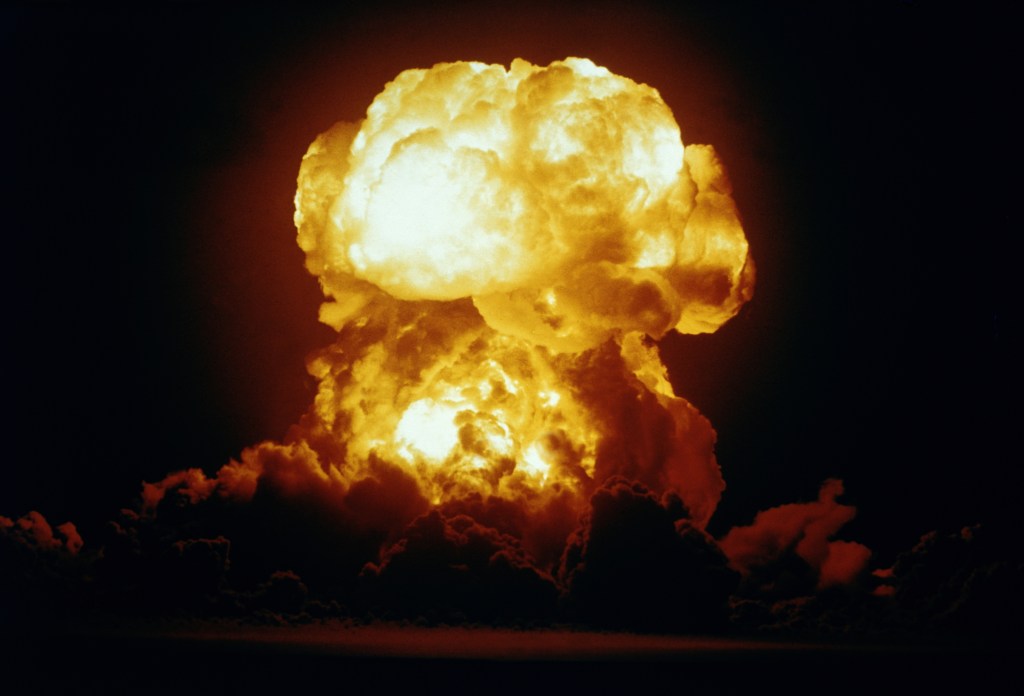 FPG/GETTY IMAGES
a disturbance in the atmosphere or in liquid caused by an explosion or earthquake
(noun)
The explosion caused a shock wave felt across town.
. The blast of air closest to the Earth’s surface is heard first. It is followed by the shock wave’s more-distant rumbles.
FPG/GETTY IMAGES
a disturbance in the atmosphere or in liquid caused by an explosion or earthquake
(noun)
The explosion caused a shock wave felt across town.
. The blast of air closest to the Earth’s surface is heard first. It is followed by the shock wave’s more-distant rumbles.
Tornado Watch
Severe weather can cause massive damage and lead to injuries and even deaths. Tornadoes are nature’s most powerful storms. According to the NSSL, the U.S. has more tornadoes than anywhere else on Earth. About 1,200 tornadoes are spotted in the U.S. each year.
A tornado is a swirling vortex
vortex
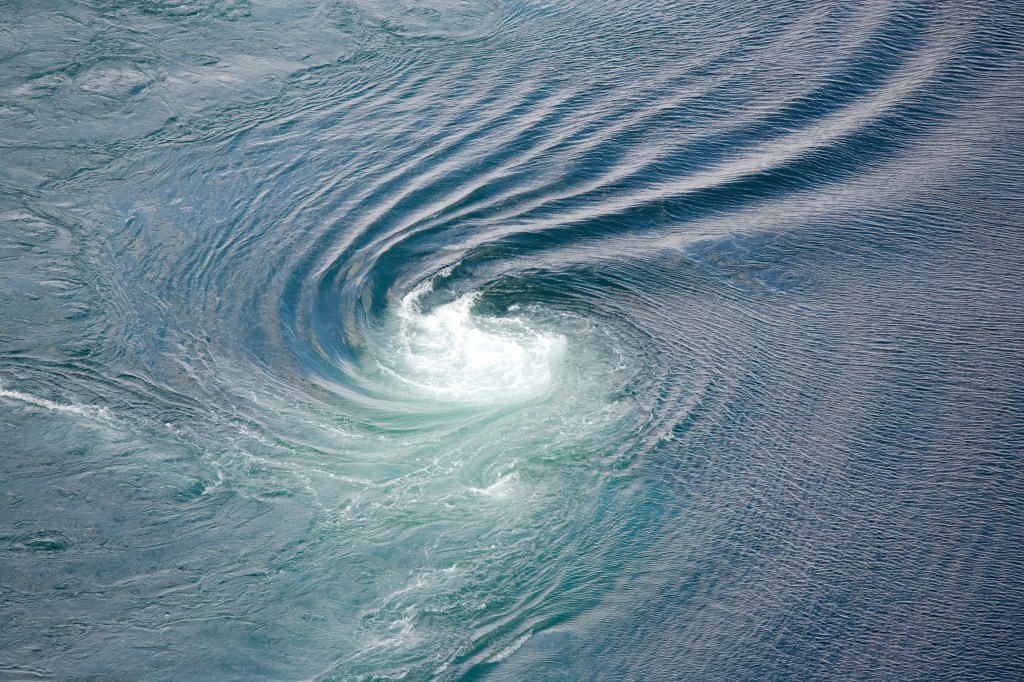 RELAXFOTO.DE/GETTY IMAGES
a mass of whirling liquid or air
(noun)
The boat got sucked into a vortex and disappeared.
of wind. It extends from a cumulonimbus cloud to the ground. The strong, spiraling winds of a tornado can last anywhere from seconds to 10 minutes. The powerful storm can reach more than 300 miles per hour. Even at slower speeds, tornadoes are intense. They can topple houses and send cars flying into the air. Tornadoes can also uproot trees.
RELAXFOTO.DE/GETTY IMAGES
a mass of whirling liquid or air
(noun)
The boat got sucked into a vortex and disappeared.
of wind. It extends from a cumulonimbus cloud to the ground. The strong, spiraling winds of a tornado can last anywhere from seconds to 10 minutes. The powerful storm can reach more than 300 miles per hour. Even at slower speeds, tornadoes are intense. They can topple houses and send cars flying into the air. Tornadoes can also uproot trees.
Scientists are still unsure exactly how tornadoes form. What they do know is that a tornado is born from a supercell. Supercells are severe storm systems where winds spin in a strong circular motion called a mesocyclone. Some climatologists believe that a mesocyclone creates tornadoes based on the temperature difference between the ground and the air around the storm cell.
Hurricane Warning
Typhoons and hurricanes are both types of cyclones. The powerful storms range from 100 to 300 miles wide. Depending on their strength, they can last anywhere from a day to a month. They form in low-pressure areas over warm waters. Typhoons form in the eastern hemisphere, over the northwestern Pacific Ocean. Hurricanes get their start in the western hemisphere, in the Atlantic Ocean. They can also form over the northeastern or southern Pacific Ocean. Storms that form in the Indian Ocean are called monsoons.
Cyclones form when tropical winds gather moisture as they pass over water that is at least 80°F. Warm, moist air rising over these waters creates powerful winds. As these winds spin faster, they generate energy and draw in more moisture. When a storm’s winds reach 39 miles per hour, it becomes a tropical storm. At 74 miles per hour, the storm becomes a cyclone. There are five categories of cyclone. A category 1 storm has winds between 74 and 95 miles per hour. A category 5 hurricane has wind speeds of 157 miles per hour or higher.
No storm is completely predictable. But meteorologists use tools to forecast weather patterns. This allows them to warn people before a storm strikes.




